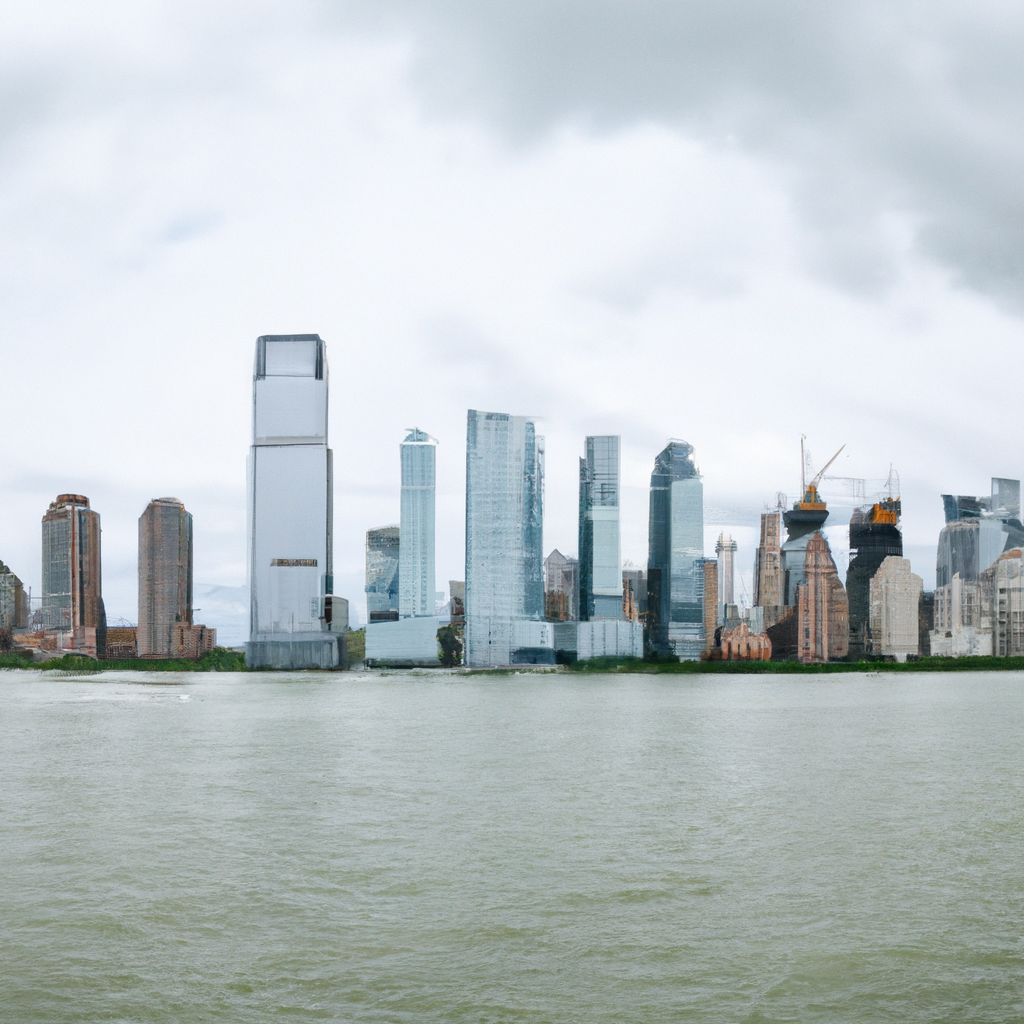
In a compelling blend of Franco-American cultural diplomacy, the conception of the Centre Pompidou's satellite museum in Jersey City has promised to reimagine the artistic landscape of New York’s close neighbor. The ambitious project aims to extend the iconic Parisian institution's reach, promising a rich tableau of modern art, innovative educational programs, and cross-Atlantic partnerships. However, beneath the surface of this cultural entente, financial tumult brews, casting shadows over the bright future of this international cultural venture.
The planned 2026 opening of the Centre Pompidou x Jersey City unfolds against a backdrop of intense scrutiny and financial deliberation. At the heart of this cultural tempest are the Republican politicians who view the state’s financial involvement with skepticism. The discourse surrounding the funding of this museum encapsulates more than a mere partisan debate; it reveals the broader ideological divides that can influence and even obstruct the flow of cultural exchange.
Jersey City's waterfront, with its sweeping views of the Manhattan skyline, could soon be transformed by the presence of the Pompidou. It is envisioned to act not only as a sanctuary of artistic expression but also as a beacon of transatlantic unity. Yet, this vision is jeopardized by a formidable clash over fiscal priorities and the role of public funds in supporting the arts. The debate rages over economic impact, with proponents highlighting potential surges in tourism and global prestige, while detractors caution against extravagant expenditures amid broader social challenges.
The contentious nature of this funding dilemma underscores a pivotal cultural question: What is the price of enriching society’s cultural fabric, and who decides its value? As the debate unfolds, the Centre Pompidou x Jersey City project stands as a testament to the challenges and triumphs that define international cultural projects today. It embodies the potential for enriching cultural dialogue and mutual understanding between nations, if only it can navigate the stormy seas of financial politics.
As we anticipate the resolution of these disputes, the art world watches keenly. The outcome may influence not just the future of this particular institution, but the global approach to funding cultural mega-projects. In Jersey City, the echoes of Parisian flair await, ready to unfurl their artistic prowess, if the scepter of financial discord can be resolved. Cultural enthusiasts and political spectators alike hold their breath, hoping the promise of a new cultural dawn isn’t overshadowed by the cloud of fiscal uncertainty.